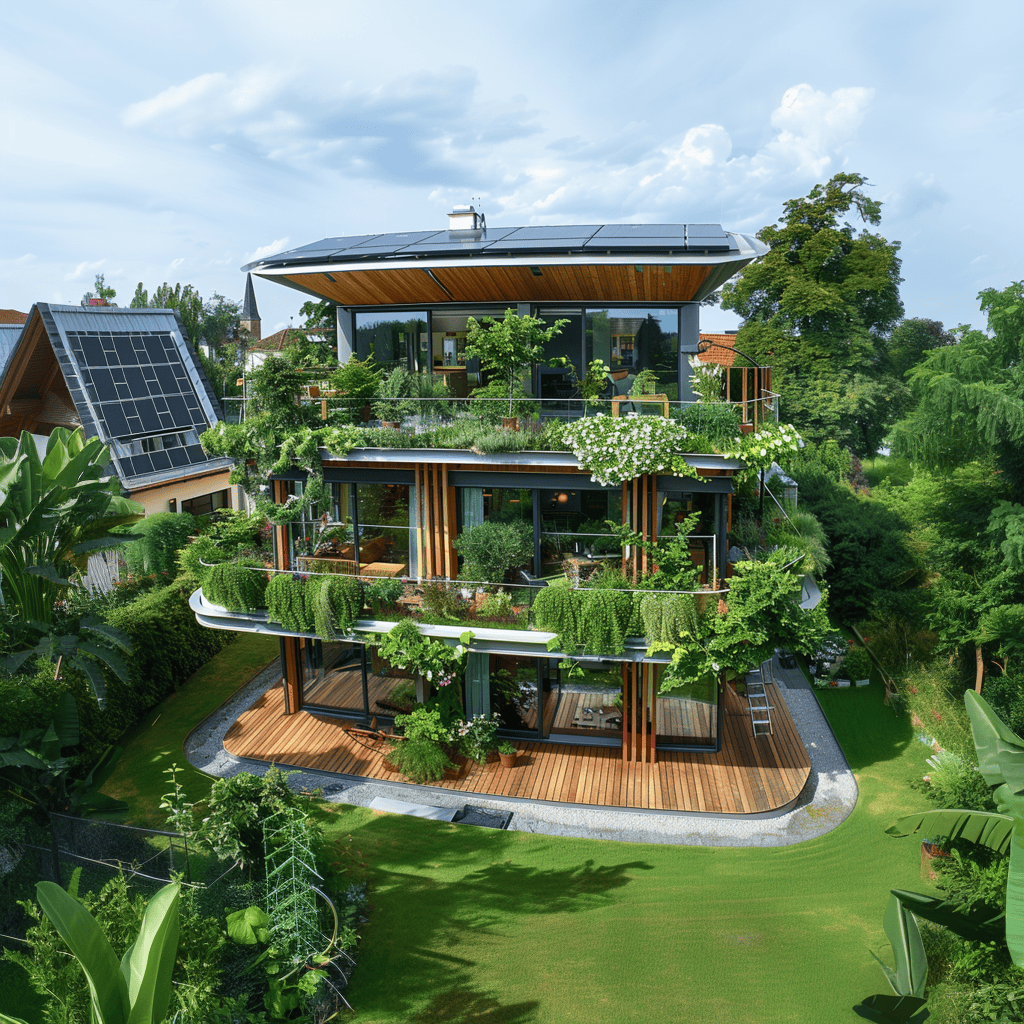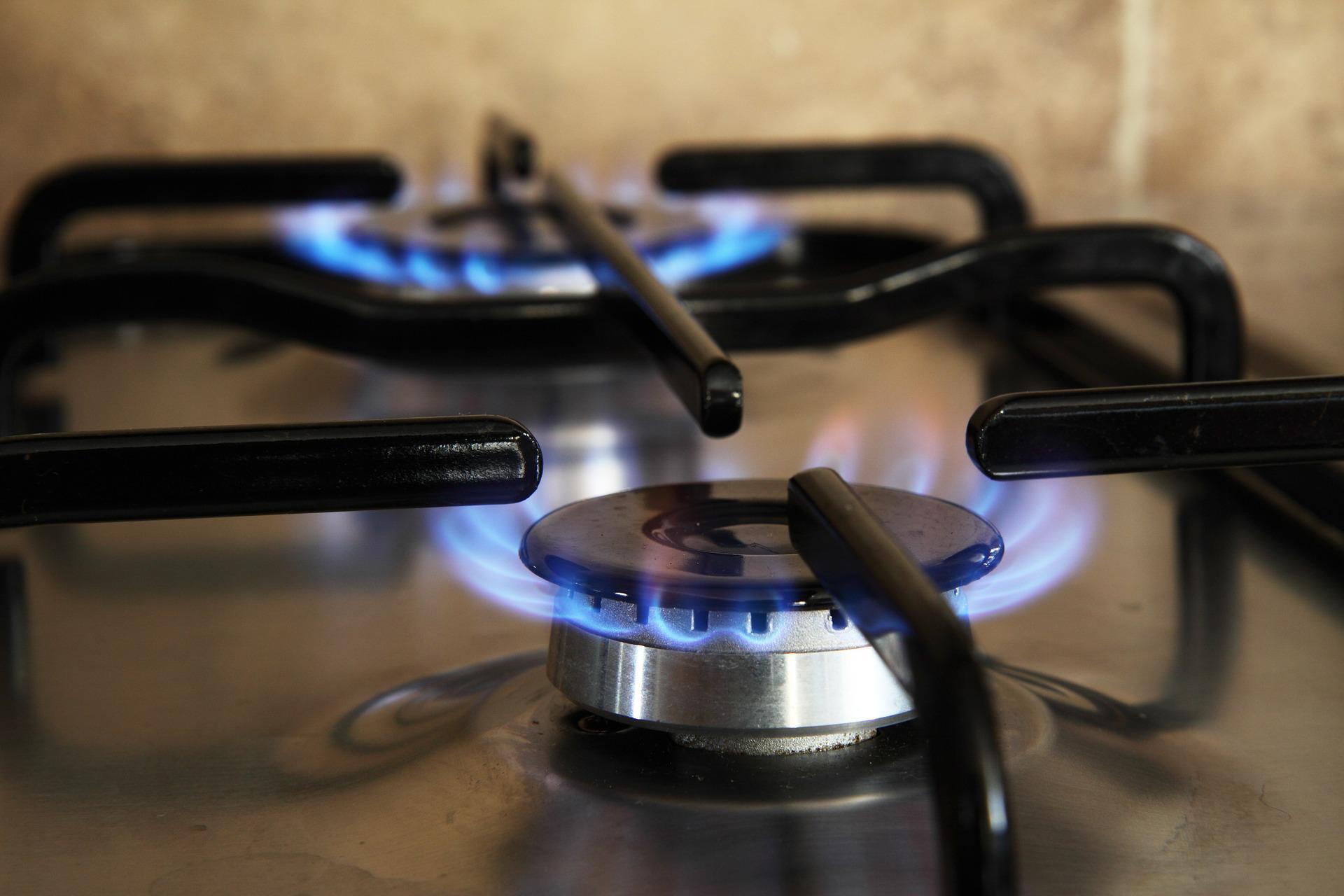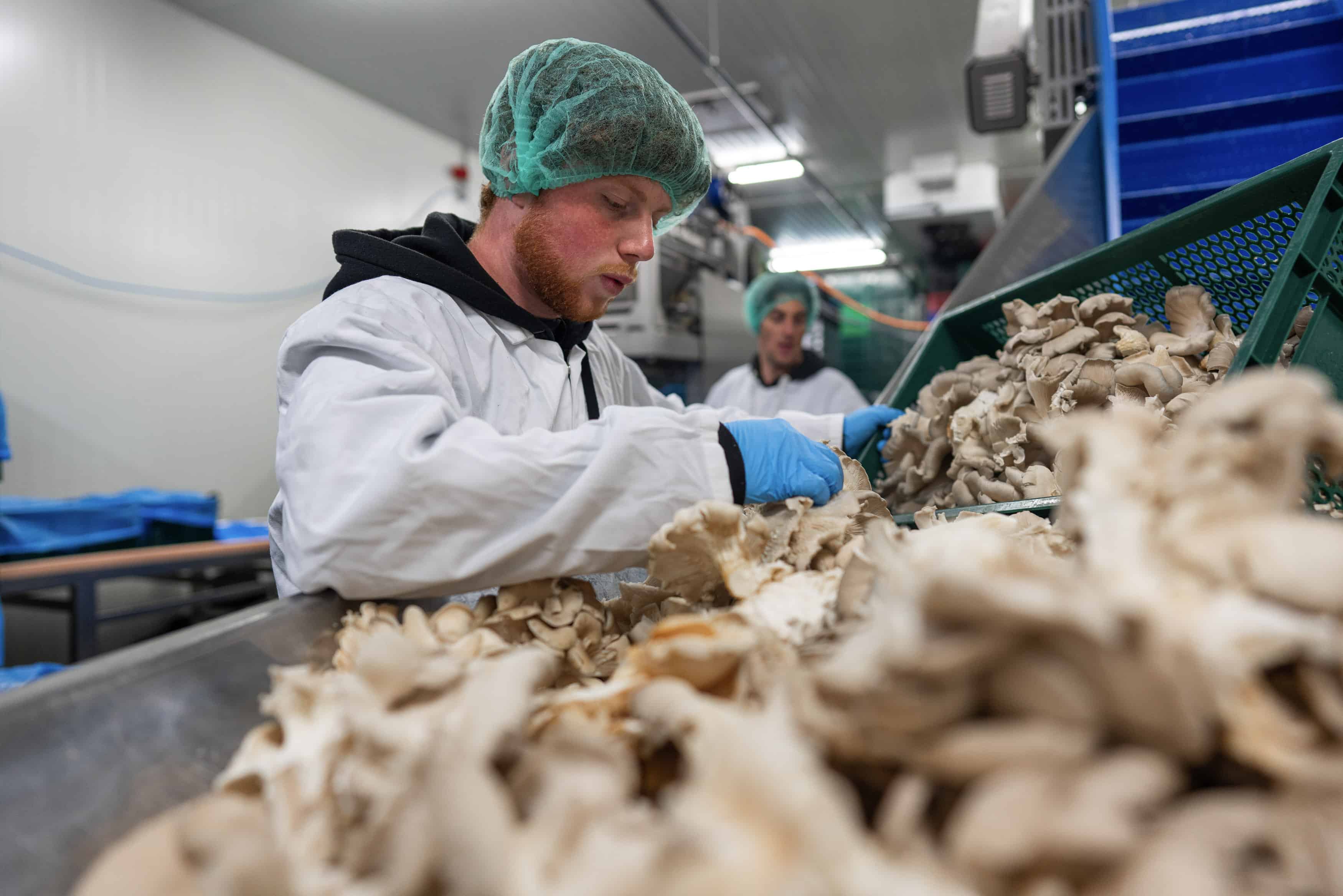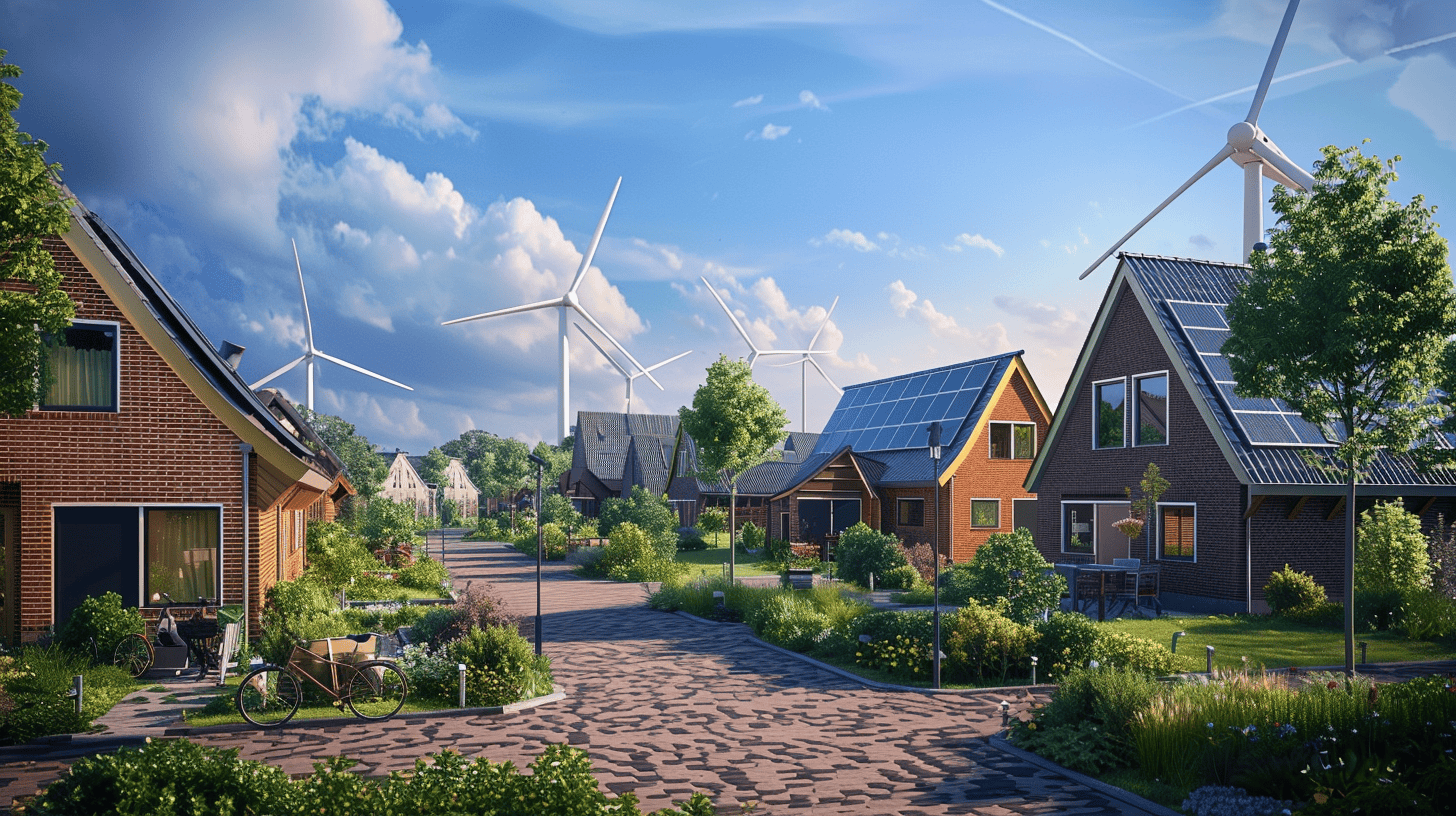
Every day we shower, heat our house and prepare our food. We may not constantly think about it, but even these simple actions, when added together, have a significant impact on the planet. While it is obviously not possible to banish water and electricity from our lives, we can keep consumption within limits. Fortunately, AI can support us in this endeavor.
Why this is important:
Almost one in three Dutch consumers (29%) use generative AI tools in their daily lives. More are being added all the time. We highlight some useful options.
First, let’s get the facts straight. A household emits an average of 19,000 kilograms of CO2 annually. The choices you make around the house, from the clothes you buy to how often you shower, all have an impact. If we modify our behavior, we reduce our footprint. For example, the clothes dryer is one of the most energy-hungry appliances in the home. So if we hang laundry on the drying rack a little more often, we are doing the right thing.
So it starts with our behavior, but we can also use technology, such as AI, to smartly manage our consumption. Here are three smart solutions.
AI heat pumps
AI helps us to heat the house more sustainably, for example. In 2022, Dutch homes consumed almost 22 percent less gas than a year earlier. This is good news, but it is still not feasible for many Dutch people to completely abandon gas because of the high costs involved. On average, the investment to make a home gas-free ranges from 4,000 to 20,000 euros. A smart hybrid heat pump is one solution to this problem, for example that of startup Quatt. In this hybrid system, the heat pump works together with an existing boiler, with the AI-controlled system calling on the boiler only when strictly necessary.

AI home batteries
Home batteries also play a crucial role in reducing CO2 emissions by reducing the need for electricity from the grid. The integration of artificial intelligence into smart home batteries further optimizes this process. Take Planetpod: the first Dutch home battery with AI. With its self-learning algorithm, the battery charges when electricity prices are low and automatically sells at a profit when needed.

AI toilets
Last but not least, every day we flush the toilet several times. A standard flush toilet typically uses between 6 and 8 liters of water with each flush, which amounts to an average of 30 to 40 liters of water per person per day. This can be done more sustainably.
A smart AI toilet bowl offers the solution. Sensors are placed in the toilet bowl that ensure the correct flushing volume. Through an app, you can also adjust it manually. This not only saves water, but also benefits the wallet. The Buddy toilet bowl is an example of this.








